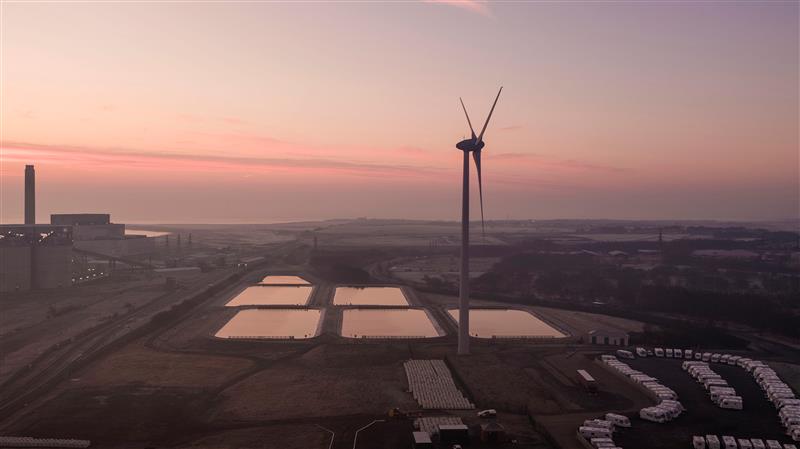Use of ochre in contaminated land

One of our first market applications for Hydrous Ferric Oxide (HFO) in a semi-dried state was in the contaminated land sector, used to treat arsenic at a contaminated land site in North East England. As part of our work to support the Government 10 Point Green Recovery Plan, we are aiming to further reduce our carbon footprint across our network of mine water treatment schemes in Britain. This will, in turn, generate HFO more efficiently, enable greater volumes and better quality.
This material, HFO, may be used in ground remediation projects to limit the leaching of contaminants – such as arsenic, lead and cadmium.
Ochre from mine water treatment schemes used to treat soil contaminated with arsenic
The Coal Authority commissioned C E Geochem Ltd to develop a thermodynamic database for trace metal sorption on to the HFO produced at UK mine water treatment facilities (MWTFs). This will support geochemical studies for their use as environmental sorbents. Sorption isotherms and pH envelopes were generated through laboratory studies to provide a dataset for thermodynamic modelling based on real HFO samples. Sorbent phase composition was based on the mineral phase abundance from XRD and specific surface area from BET analysis for several different sources of HFO. The Coal Authority is making the thermodynamic database available in Phreeqc format to be used in predictive geochemical modelling studies.
Treatment scheme locations
The Coal Authority manages more than 70 mine water treatment schemes across Britain, handling and treating over 122 billion litres of mine water every year and the locations of these can be seen on the map below. Click on a site to find out what the average water flow rate is for the site and whether the water is pumped or not.